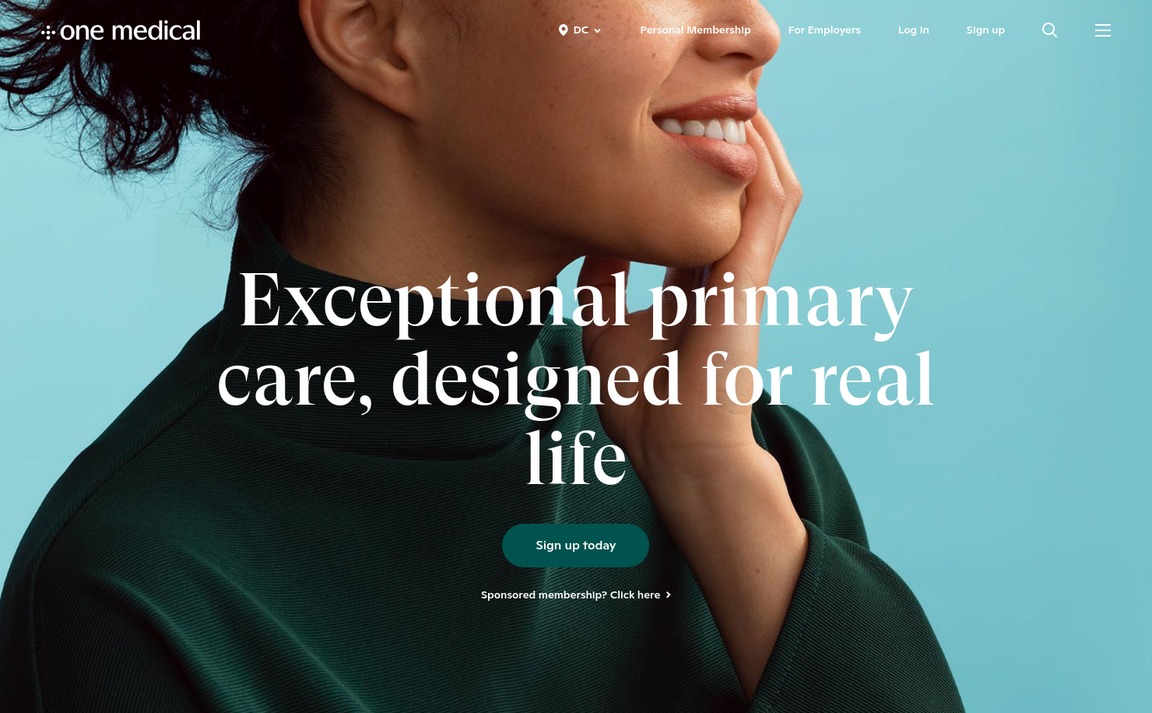Is One Medical Right For You?
The tech-enabled concierge primary care company One Medical is making headlines for a number of reasons. Notably, this company charges a $199 annual fee and provides a virtual telemedicine experience. But what is its medical loss ratio? And should you consider becoming a member? Read on to learn more. A few internal problems have also surfaced. Here’s a closer look at the San Francisco-based company. Weigh the pros and cons to decide if One Medical is right for you.
One Medical is a tech-enabled concierge primary care company
The recent investment in One Medical by The Carlyle Group comes amid growing interest in tech-enabled concierge primary care companies. While One Medical’s investment fits well with recent trends in healthcare delivery companies and a wave of VC investments in large primary care firms, it raises questions about the company’s business model and mission. One Medical’s founders and investors remain committed to One Medical’s original mission, which is to use technology and innovation to make healthcare accessible to the masses. According to one investor, the company’s model could be the “Starbucks” of primary care. One Medical offers streamlined access to primary care providers and virtual care on demand, based on a digital app. Customers pay an annual fee for membership and the cost of services as they happen.
The company aims to improve access to primary care services by integrating technology and customer-centered design. For example, its in-house tech stack includes a consumer-grade web application, built by the former chief technology officer at Box. Although One Medical is largely centered on a traditional clinic setting, it has integrated a concierge model of care into the company’s business model, so the patient can benefit from a more seamless experience while seeking healthcare.
It charges a $199 annual fee
While many concierge practices charge hundreds of dollars a month or more, One Medical charges just $199 for its membership plan. In addition to the one-time initiation fee, the plan charges semiannual dues and the annual membership fee. There is no refund policy or time limit for the trial period. Regardless of whether it works or not, One Medical charges a reasonable $199 annual fee to join its network.
One Medical’s membership doesn’t cover the cost of visits, services, or other expenses, but it covers many of its digital health tools and features. The company also offers in-office care, allowing members to schedule appointments and access lab results through a mobile app. Despite the price, One Medical’s service is convenient, especially considering the fact that it offers direct downloads. While the company’s membership plan may not be for everyone, it’s a good deal if you’re in search of high-quality health care that’s convenient to you.
It offers a telemedicine experience
One Medical’s model is a new take on concierge medicine. The practice charges annual dues that are separate from the regular medical visit fees. For example, you will pay an annual membership fee of $199 instead of the standard $200 for a visit. While this is a small price to pay, the extras offered by the practice are not typically covered by health insurance. As a result, One Medical offers an excellent value proposition to its clients.
The company aims to set a national example for primary care practices. Its goal is to provide doctor visits when needed while promoting virtual care whenever possible. To do this, One Medical has reduced the number of support staff to two instead of the usual four. This has allowed the company to reduce labor costs by one-third and pass those savings along to its members in the form of lower fees. One Medical claims to have a better patient experience and reduced health care costs.
It has a high medical loss ratio
Last quarter, One Medical reported a high medical loss ratio. The medical loss ratio measures the total amount of money paid to pay medical claims minus capitated Medicare revenue. The high number is a sign of a rising cost base, but One Medical stressed that its medical loss ratio will continue to improve. In fact, the company has begun to integrate more at-risk members. As a result, claims have increased as a percentage of total membership.
Several factors contribute to One Medical’s high medical loss ratio. The company recently acquired a primary care provider, Iora Health. This acquisition closed on Sept. 1, but One Medical has only included one month of contributions from Iora’s business. The acquisition aims to expand One Medical’s customer base, potentially reaching 40% of U.S. residents. Despite the company’s positive outlook, investors expressed concerns over One Medical’s 87% medical loss ratio. One Medical CEO Bjorn Thaler blamed the increase on the COVID-19 pandemic and the company’s increased membership.
It has been the subject of investigations by the California Department of Consumer Affairs
The California Department of Consumer Affairs has conducted multiple investigations of One Medical since 2013. While the company said that there had been no changes in standards, the investigation concluded that the number of patients it saw daily had risen. According to the Medical Group Management Association, a trade association for doctors, the average preventive care visit nationwide took 30 minutes. Nevertheless, One Medical has admitted to the investigation.
In addition to these government investigations, OneMedical employees have accused the company of putting profit ahead of patients. They claim that the company placed profits ahead of patients by providing COVID-19 vaccines to ineligible patients, improperly avoiding the COVID-19 line, and collecting nonmember data for commercial purposes. They point to changes in company policies, shorter doctor appointments, and shortened lab employee schedules to support their claims.

I’m publisher on vents today if anyone want post on our website then do contact







